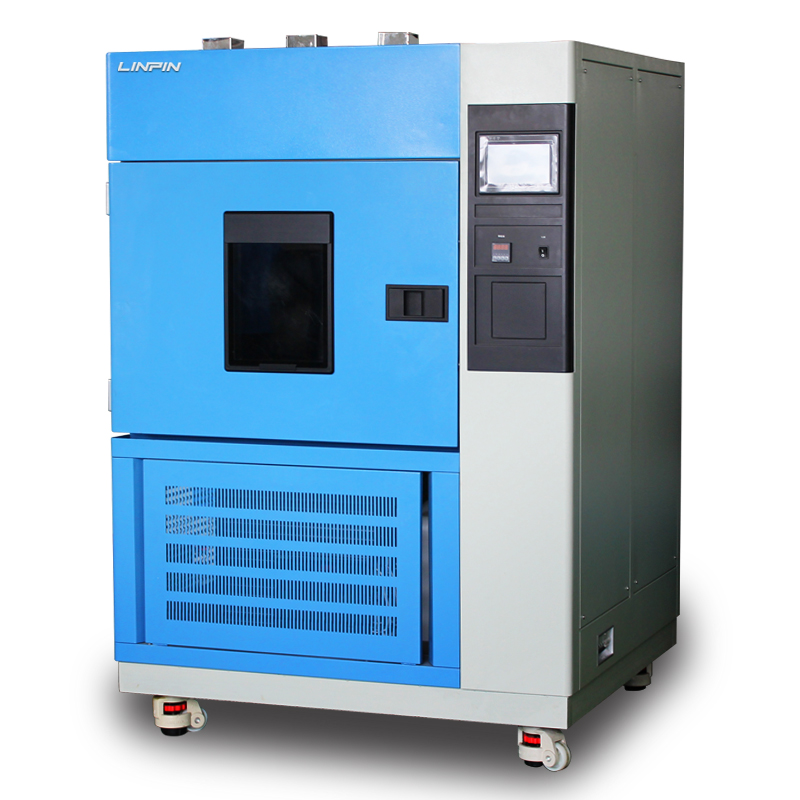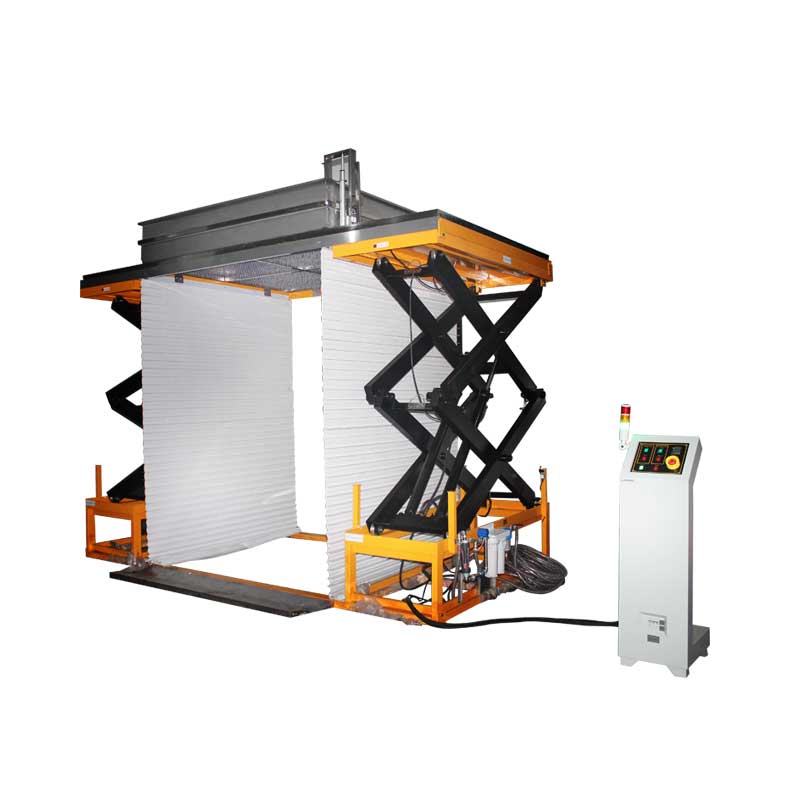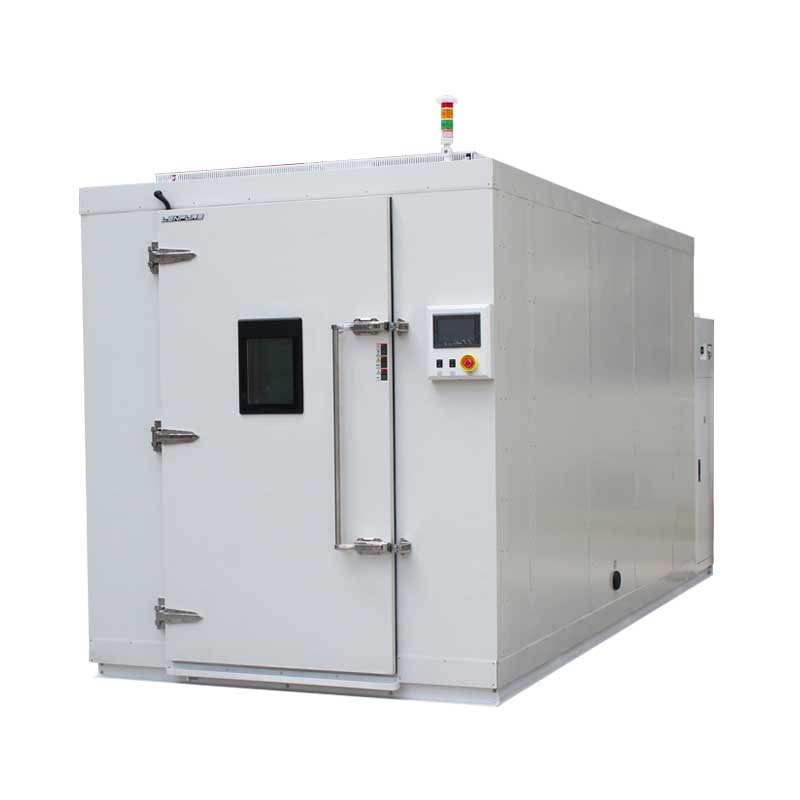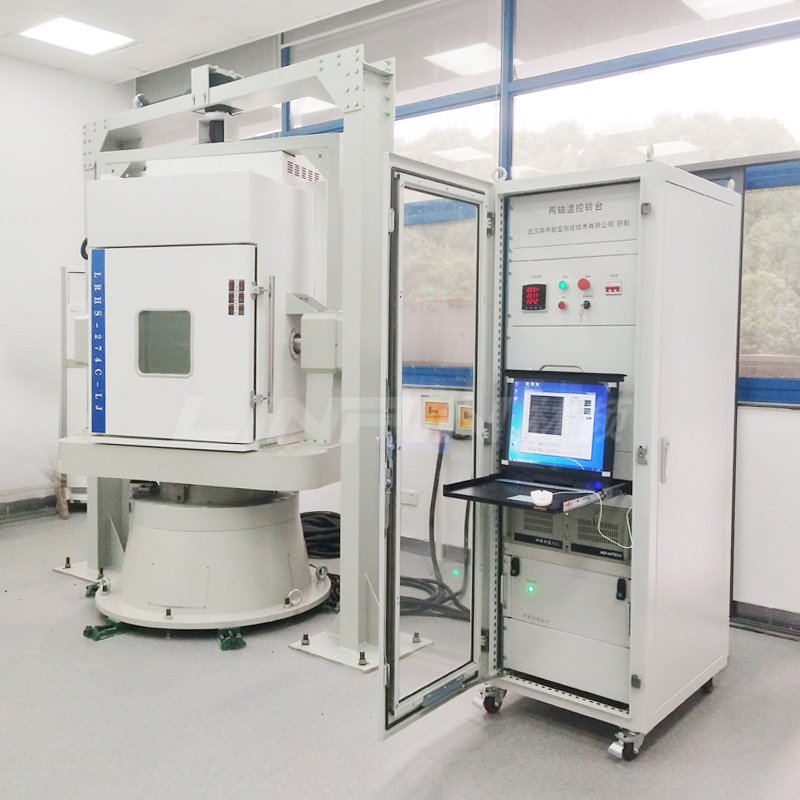The Critical Role of Salt Spray Test Chambers in Quality Assurance
Author:LINPIN Update Time:2025-09-08 Source:LINPINQuality assurance in manufacturing and material science demands rigorous testing to ensure product durability, especially in corrosive environments. Among the most widely recognized methods for evaluating corrosion resistance is salt spray testing, performed using specialized salt spray test chambers. These chambers simulate harsh conditions to predict the long-term performance of coatings, metals, and other materials. Their role in quality control is indispensable, particularly in industries such as automotive, aerospace, marine, and electronics, where failure due to corrosion can lead to significant safety risks and financial losses.
Principles of Salt Spray Testing
Salt spray testing, standardized by methods such as ASTM B117 and ISO 9227, involves exposing test specimens to a controlled saline mist. The test chamber generates a fine fog of sodium chloride solution, typically at a concentration of 5%, which accelerates corrosion. Test durations vary from 24 hours to several weeks, depending on material specifications and industry requirements. The results provide insights into the effectiveness of protective coatings, plating processes, and material selection.
The chamber’s design ensures consistent temperature, humidity, and spray distribution, critical for repeatable and comparable results. Modern chambers incorporate advanced features such as programmable controllers, corrosion-resistant construction, and real-time monitoring systems to enhance accuracy.
Applications Across Industries
-
Automotive Industry
Vehicle components, particularly those exposed to road salts and moisture, must withstand prolonged corrosion. Salt spray testing validates the performance of coatings on brake lines, chassis parts, and fasteners. Manufacturers rely on these tests to meet international standards and warranty requirements. -
Aerospace and Defense
Aircraft components operate in highly corrosive environments, including coastal and high-altitude conditions. Salt spray chambers evaluate the integrity of anodized aluminum, composite materials, and protective finishes, ensuring compliance with MIL-STD and other stringent protocols. -
Marine and Offshore Equipment
Structures such as ship hulls, offshore platforms, and pipelines face constant exposure to seawater. Accelerated salt spray testing helps identify weaknesses in anti-corrosive treatments, preventing premature degradation and costly repairs. -
Electronics and Consumer Goods
Electronic enclosures, connectors, and circuit boards are tested to prevent failure due to salt-induced oxidation. Consumer products, including appliances and outdoor fixtures, also undergo these tests to guarantee longevity in humid or coastal regions.
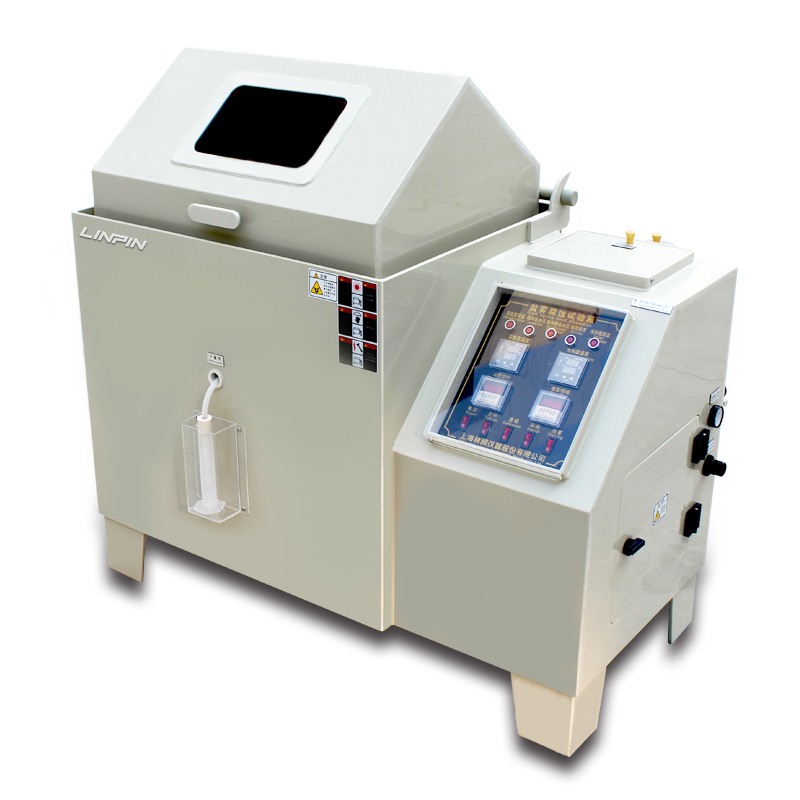
Advantages Over Alternative Methods
While other corrosion tests, such as humidity cycling or immersion testing, exist, salt spray testing remains the benchmark for several reasons:
- Speed: It accelerates corrosion, providing results faster than natural exposure.
- Standardization: Widely accepted protocols ensure global comparability.
- Cost-Effectiveness: Lower operational costs compared to long-term field testing.
However, limitations exist. The test does not perfectly replicate real-world conditions, as factors like UV exposure and mechanical wear are absent. Complementary tests, such as cyclic corrosion testing (CCT), are often used for a more comprehensive assessment.
Selecting a Salt Spray Test Chamber
Key considerations when choosing a chamber include:
- Compliance: Adherence to ASTM, ISO, or JIS standards.
- Capacity: Chamber size must accommodate sample dimensions.
- Automation: Features like automatic pH regulation and data logging improve efficiency.
- Durability: Construction materials (e.g., PVC or fiberglass) should resist corrosion.
Leading manufacturers offer customizable solutions, including cyclic corrosion chambers that combine salt spray, humidity, and drying phases for enhanced realism.
Future Trends and Innovations
Advancements in salt spray testing focus on improving accuracy and environmental sustainability. Innovations include:
- Digital Monitoring: IoT-enabled sensors for real-time data analysis.
- Eco-Friendly Solutions: Reduced salt consumption and wastewater treatment systems.
- Integrated Testing: Combining salt spray with temperature and UV exposure for multi-factor corrosion analysis.
Salt spray test chambers are a cornerstone of quality assurance, providing critical data to prevent corrosion-related failures. Their standardized methodology, versatility across industries, and continuous technological evolution underscore their irreplaceable role in material testing. For manufacturers committed to reliability and compliance, investing in high-quality salt spray testing equipment is not optional—it is essential.
By integrating these chambers into their quality control processes, industries can mitigate risks, reduce lifecycle costs, and deliver products that endure the test of time and environment. The future of corrosion testing lies in smarter, more sustainable systems, but the foundational importance of salt spray chambers remains unchallenged.

